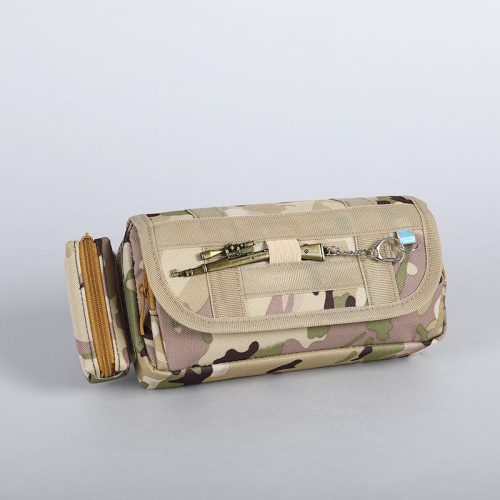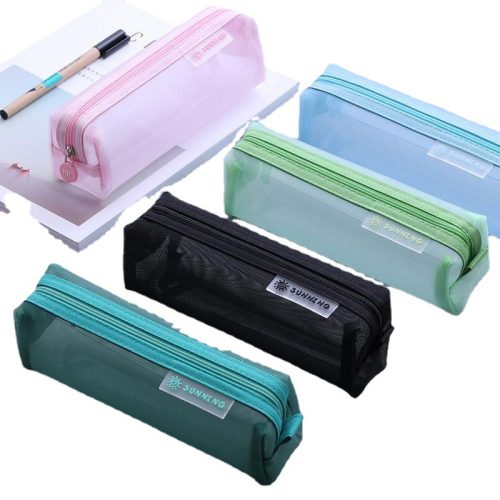Pencil art in the digital age often involves the process of scanning, which is the conversion of traditional pencil drawings into digital formats. This allows artists to preserve their work, share it online, and explore various digital tools and techniques for further refinement and manipulation. Here’s how scanning is utilized in pencil art in the digital age:
- Preservation: Scanning pencil drawings is an effective way to preserve and archive traditional artwork. Over time, paper-based drawings may deteriorate or become damaged, but digital copies can be stored indefinitely without physical wear and tear.
- High-Quality Reproduction: Scanning provides high-quality digital reproductions of pencil artwork. This means that fine details, shading, and textures are faithfully captured, ensuring that the digital version closely resembles the original drawing.
- Digital Editing: Once scanned, pencil drawings can be edited and enhanced using various digital tools. Artists can adjust contrast, brightness, and color balance to make the artwork look its best. They can also remove any imperfections or stray marks.
- Colorization: While pencil art is typically grayscale, artists can use digital tools to add color to their scanned drawings. This can open up new creative possibilities and allow artists to experiment with different color palettes.
- Digital Enhancement: Artists can take advantage of digital software to enhance their pencil drawings. This includes adding special effects, filters, and textures to create unique and eye-catching digital versions of their artwork.
- Sharing and Promotion: Scanned pencil art can be easily shared online through websites, social media platforms, and online galleries. This exposure can help artists gain recognition and connect with a broader audience.
- Print Production: Digital versions of pencil art can be used for producing high-quality prints. Artists can sell these prints to art enthusiasts, collectors, or fans, expanding their reach and potential income.
- Collaboration: Scanning allows artists to collaborate with other digital artists and designers. Pencil sketches can be incorporated into digital projects, such as illustrations for books, animations, or graphic design work.
- Archiving Progress: Artists can use scanning to document the progress of their artwork. By scanning a drawing at various stages, they can create a visual record of how a piece evolves from its initial sketch to the finished product.
- Accessibility: Digital versions of pencil art are more accessible to a global audience. Viewers from around the world can appreciate an artist’s work without needing to physically visit an exhibition or gallery.
- Integration with Digital Art: Pencil art can be integrated into digital art compositions. Artists may combine their traditional pencil drawings with digital elements or backgrounds to create hybrid artworks that blend both mediums.
- Education and Tutorials: Many artists use scanned pencil drawings as the basis for educational tutorials and videos. They can explain their techniques and share their creative process with others interested in pencil art.
In summary, scanning is a vital tool in the world of pencil art in the digital age. It enables artists to preserve, enhance, share, and even monetize their traditional pencil drawings in a digital format. The combination of traditional and digital techniques allows for greater creativity, versatility, and accessibility in the world of visual art.


